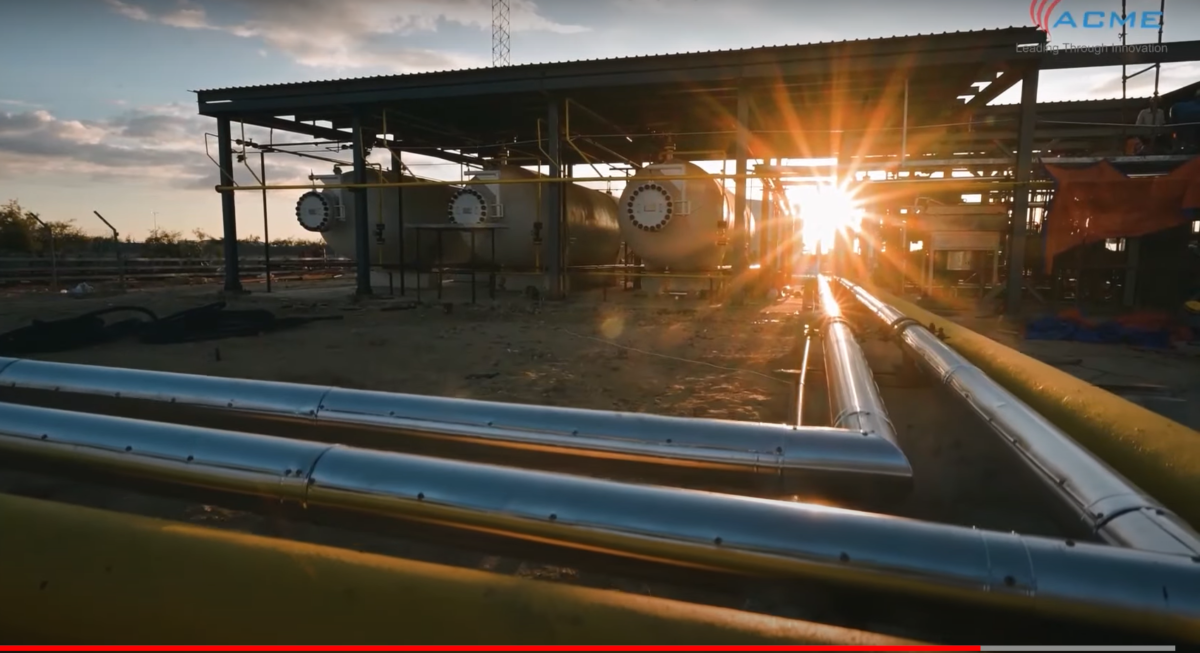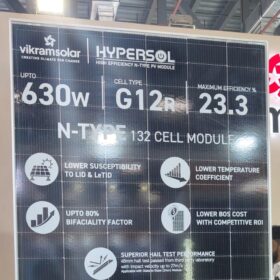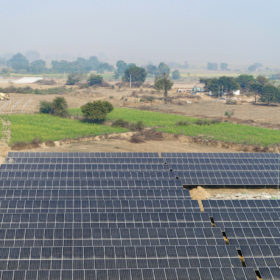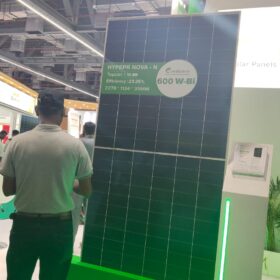India’s $2.1 billion push to transform it into a global green hydrogen powerhouse has received a strong response from large strategic investors in the country’s private sector, but the scheme can be further improved to attract start-ups and global players, according to a new joint report released by the Institute for Energy Economics and Financial Analysis (IEEFA) and JMK Research & Analytics.The report finds that large Indian corporations have evinced strong interest in the tenders issued for both electrolyser manufacturing and green hydrogen production under the National Green Hydrogen Mission’s Strategic Interventions for Green Hydrogen Transition (SIGHT) programme. For both tenders, the Solar Energy Corp. of India (SECI), overseeing the SIGHT programme, received bids exceeding the capacity offered under the SIGHT programme’s incentives.
“By leveraging India’s advantage in low-cost renewable electricity, the SIGHT program aims to achieve competitive domestic electrolyser manufacturing and reduce the costs of green hydrogen production. The programme has received an enthusiastic response from the industry,” says the report’s contributing author Vibhuti Garg, Director – South Asia, IEEFA.
“The programme can be improved further to attract start-ups, be competitive for global players and create a supply chain and secure demand to ensure the industry’s long-term viability. If successful, it could help build India’s green hydrogen industry with benefits for a range of sectors, including agriculture, transport and manufacturing,” she added.
The SIGHT programme offers INR 4.44 billion ($541 million) of incentives for companies to set up 1.5 GW of electrolyser manufacturing capacity in India. SECI received 21 offers totalling 3,328.5 MW, which is more than double the capacity target. Eight companies were successful, including Reliance Electrolyser Manufacturing, John Cockerill Green Hydrogen Solutions and Jindal India, each securing 300 MW. The remaining capacity was divided between Ohmium Operations, Advait Infratech and Larsen & Toubro, HomiHydrogen and Adani New Industries.
“Most of the winning participants had prior tie-ups with electrolyser technology companies, some even securing technology licence agreements before bid submission, showcasing proactive strategies that contributed to their success,” says the report’s co-author Jyoti Gulia, Founder, JMK Research & Analytics.
Similarly, the tender for green hydrogen production was largely oversubscribed. SECI received 13 offers totaling 551,500 mtpa capacity, against the 450,000 mtpa target to be supported with INR 130.5 billion ($1.57 billion) incentives. Winners include Reliance, Greenko, ACME, HHP Two (Hygenco), Torrent Power, CESC Projects, Welspun, UPL, JSW Neo Energy and Bharat Petroleum. However, almost 38,000 mtpa of biomass-based capacity remains unallocated.
“Despite this enthusiasm, using green hydrogen to decarbonise domestic end-use industries remains uncertain due to challenges such as infrastructure limitations, regulatory ambiguities and the absence of clear mandates for its use,” says the report’s co-author Kapil Gupta, Manager, JMK Research.
“The winners will likely focus on export markets due to challenges and price concerns in the domestic market. The sector grapples with stringent safety regulations, technology changes, project delays, policy uncertainties and a need for robust hydrogen supply chain infrastructure,” he added.
The report highlights that while the SIGHT programme is off to a good start with enthusiasm from the industry, its ambitious goals can be hurt by its short tenure (five years) and comparatively low subsidies.
“Government intervention in establishing standards, policies and regulations and streamlining offtake for demand creation is crucial for developing the domestic green hydrogen market. Without such measures, India will likely remain a marginal player in the global green hydrogen market,” says the report’s contributing author Charith Konda, Energy Specialist, IEEFA.
The report also calls for strengthening the regulatory framework by issuing a clear set of emission standards for the green hydrogen industry, greater funding support for research & development and the adoption of global standards for India’s hydrogen ecosystem.
This content is protected by copyright and may not be reused. If you want to cooperate with us and would like to reuse some of our content, please contact: editors@pv-magazine.com.









1 comment
By submitting this form you agree to pv magazine using your data for the purposes of publishing your comment.
Your personal data will only be disclosed or otherwise transmitted to third parties for the purposes of spam filtering or if this is necessary for technical maintenance of the website. Any other transfer to third parties will not take place unless this is justified on the basis of applicable data protection regulations or if pv magazine is legally obliged to do so.
You may revoke this consent at any time with effect for the future, in which case your personal data will be deleted immediately. Otherwise, your data will be deleted if pv magazine has processed your request or the purpose of data storage is fulfilled.
Further information on data privacy can be found in our Data Protection Policy.